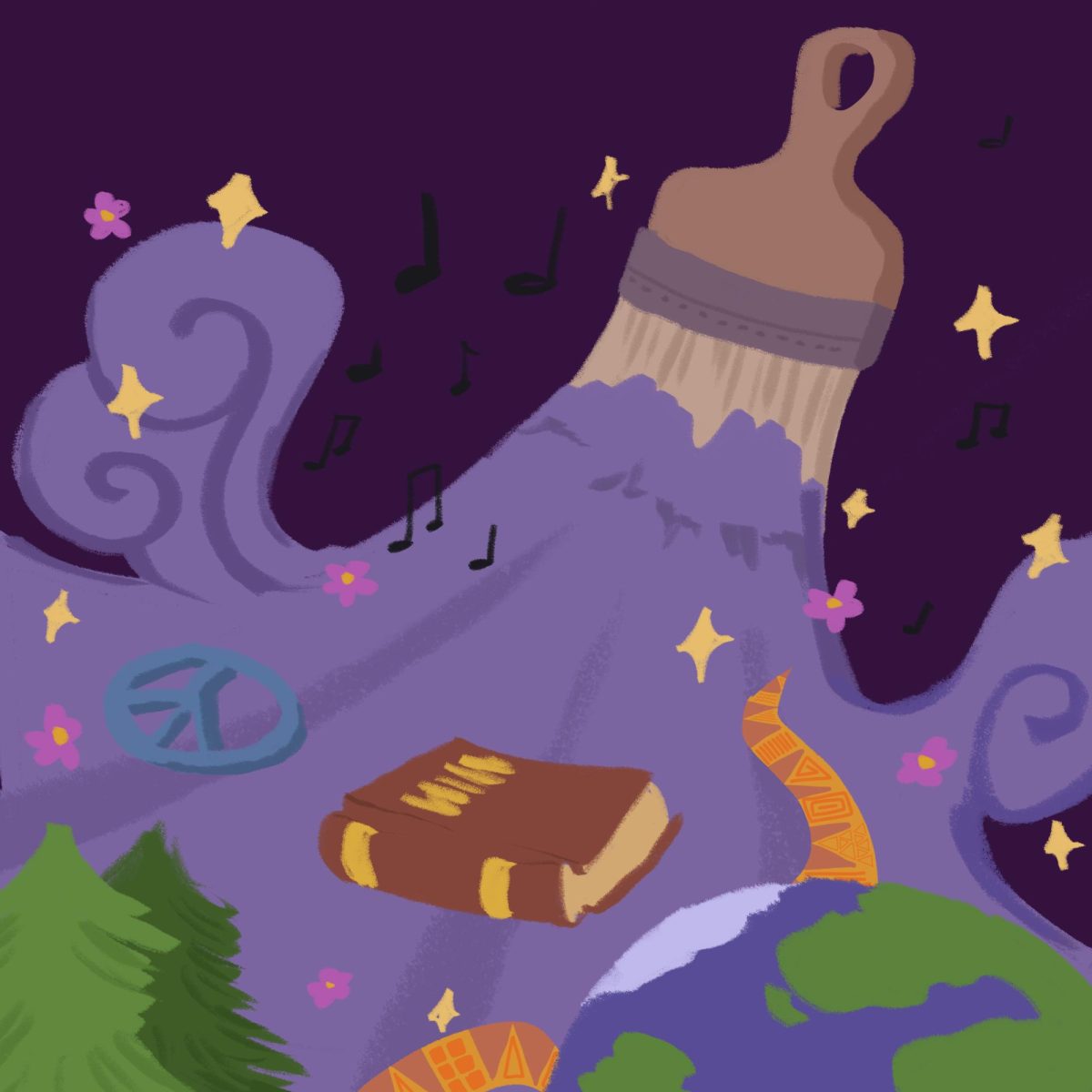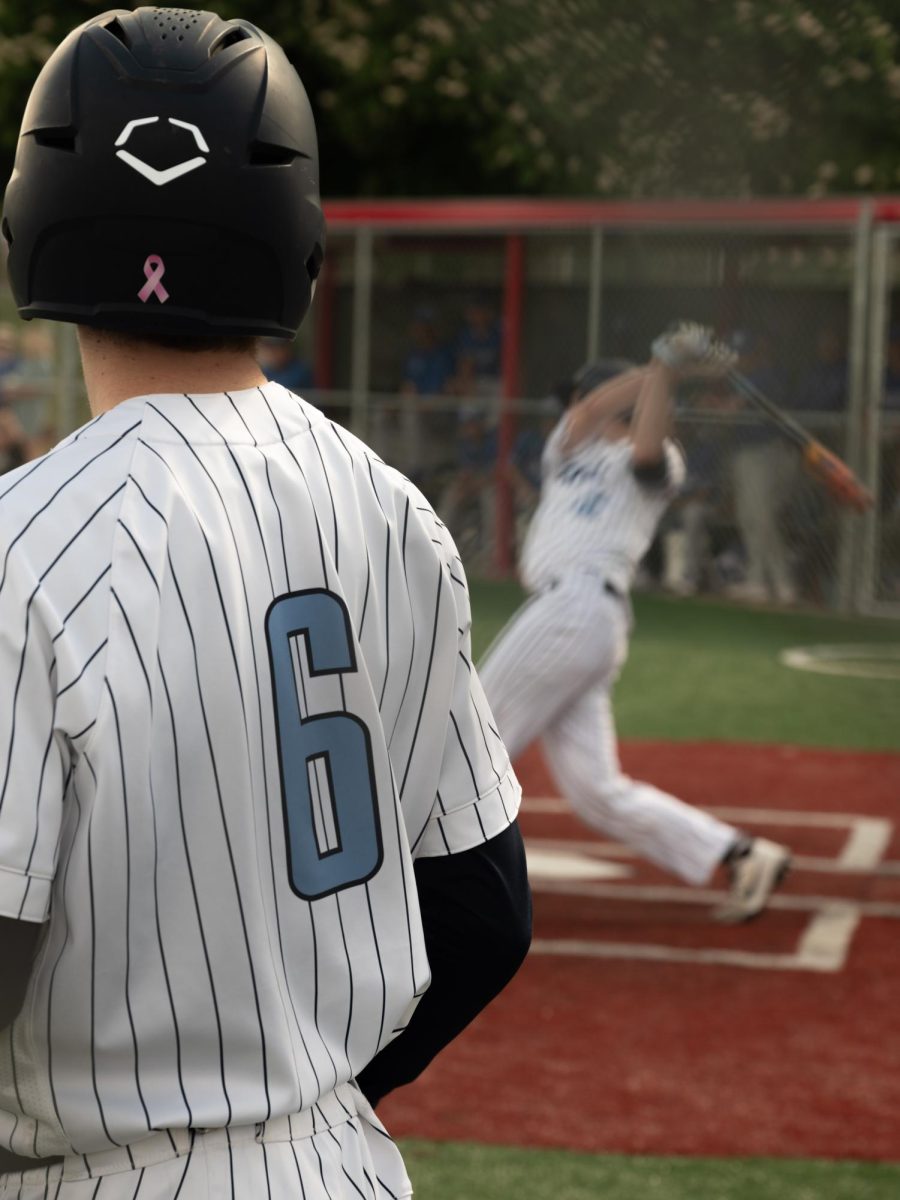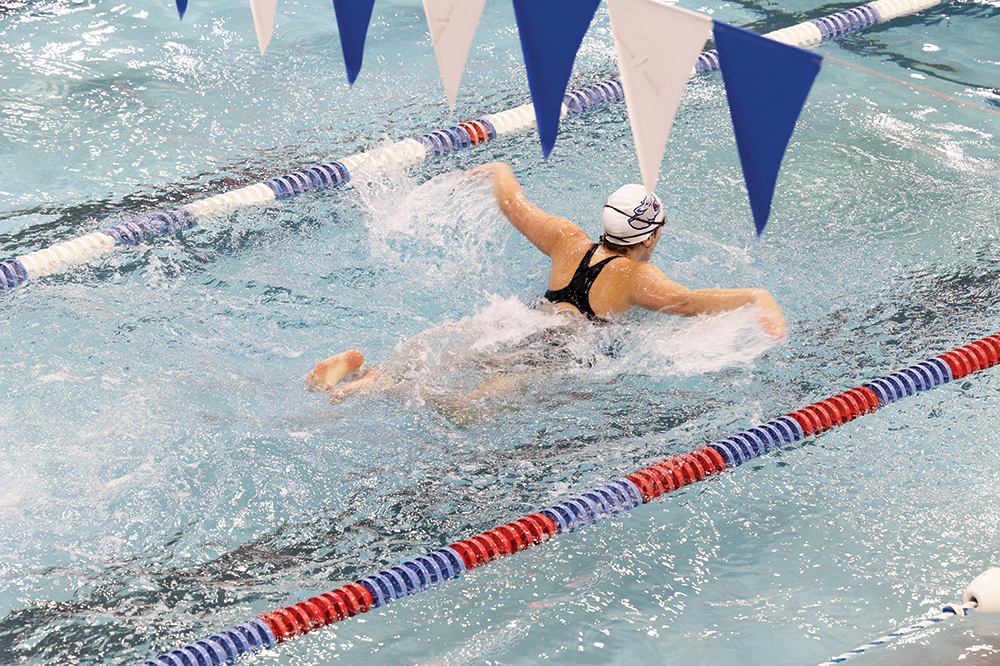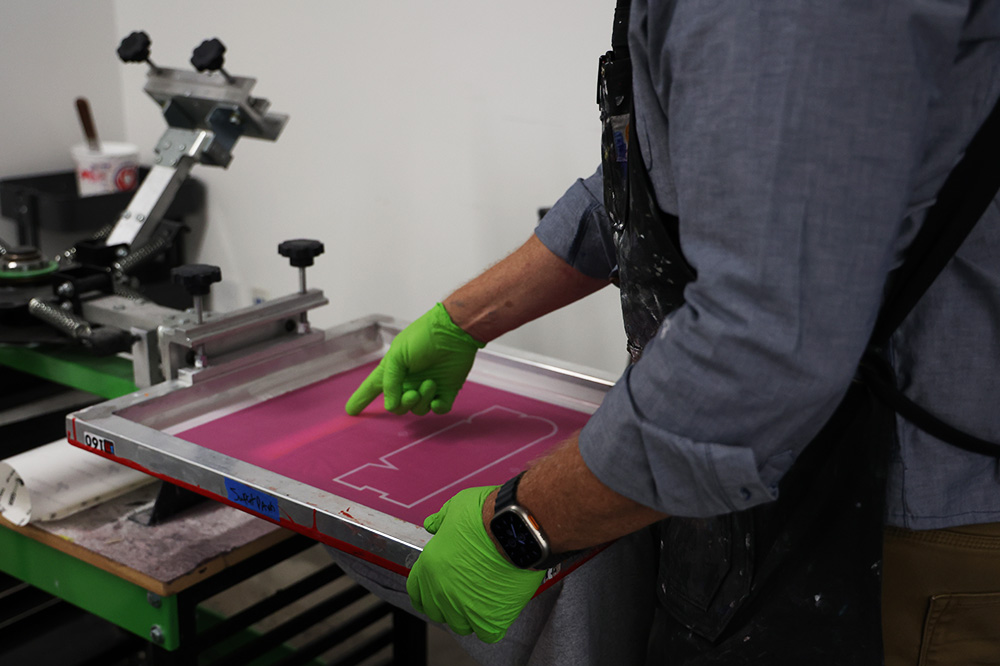You have likely seen the various, scattered artwork in our hallways: a poster by the stairs, the shiny display cases filled with clay sculptures near the art hallway. A pop of color and creativity is refreshing to see, especially in comparison to the majority of the stark, white, bare hallways. But there can be an effort to change that, in a collective way. Murals are visually pleasing to see, and they also allow for creativity and innovation to grow and the school should have more of them.
According to a post by Micheal Dorn on Safe Havens International website, murals, in addition to being a hub for creativity and expressiveness, can make schools safer. They are an organization that is committed to helping schools improve campus safety. Murals and other forms of artwork are some of the two most common ways to improve both the climate and culture of the school.
Murals specifically are amazing because of their size. They can be seen from a distance, seen from up close, and seen from everyone. This factor helps people remember the mural, or create their own take or opinion on it,
Art teacher Clint Harpster believes murals are important artworks to be present in a school setting.
“Murals can tell stories of our past, our present and future,” Harpster said. “They can represent clubs, social systems, ideas, and everything.”
According to Harpster, not only is a mural an important thing, but the process of making it. He shares that people can connect through the making of a mural is a vital aspect that can help make the mural more successful.
“Students can bond, and have a real world experience that lasts when we do these large scale projects,” Harpster said.
The connection that people develop when these murals are made are of value. Not only is the mural a representation of a certain theme, idea, or issue, but the mural represents that the community came together and made something that stands out. It is essentially a public display of what our community is capable of.
“I think that art gets kind of a bad rep in general in schools, like we’re not taken very seriously, but if you think about all the different aspects of art that show up in almost every lesson and project, it’s kind of crazy,” Harpster said.
People getting to see more murals during the school day could peak interest for those that are not already involved in art. The prevalence of art pieces and murals are not confined only within the walls of an art classroom. They can play a large role in history, math, and even English.
Sophomore Denny Lopez Polino is a lead artist for the mural the Linked Multimedia class is currently working on out in the community. The Mainspring mural is not at McDaniel but instead on a food pantry on 82nd Avenue.This is a great mural to have at this specific place because normally 82nd tends to get a negative reputation. Having more murals at the school can have a similar effect in the sense that it can encourage people who feel separate from the community.
According to Lopez Polino, school murals are helpful.
“Murals are helpful and beneficial because they show connection and show a way of being seen. The making of a mural shows a lot of community,” Lopez Polino said.
Community is an important thing at the school. Involving people in activities and bringing people from all grades is something that this school prides itself on. Having a mural that is related to community is not only helpful, but it enforces ideals and standards we set for everyone at the school.
Sophomore Casey Coleman is another lead artist. Coleman explained the extensive process that goes into creating a mural in the first place.
“There are a lot of steps that go into the mural making process,” Coleman said. “In the case of our project for Mainspring, we began with mural ‘mock-ups.’”
Having mock-ups is a key part in creating murals that are able to go in our school. Getting feedback from other students and faculty is important so we can have a mural that truly reflects the school’s community.
Despite the hard work that goes into working on the mural, the effects that it has on the community is a bright side. Murals like the Mainspring one can be extremely effective at benefiting and educating the community.
“Murals tell stories and represent communities. I love murals because they can be universally understood. With little to no text, the imagery tells a story,” Coleman said. “They can add color to spaces and help generate change or spread a message.”
According to Coleman, the school could benefit with more art on its walls than we have already. We have a diverse community, and murals could help to tell our many stories. One mural in particular we currently have is located near the main office. It depicts a black and white photograph of Leodis V. McDaniel and images of past students working in classes. It’s a fantastic image because it represents who this school was named after and more importantly, the values that we have shifted with the renaming of the school. It also reflects our community and the various things we value. This includes things such as diversity and equity, and education.
The old building that was remodeled had several pieces of art present in the hallways, according to Principal Adam Skyles, including one by the old auditorium that was made of mosaic tile.
The students working together in creating mosaic work was a demonstration of community and something we can follow with future murals that can be made.
Harpster named that there was one specific mural that depicted a grove of Doug fir trees. He also explained that there were several smaller ones around the building that were geometric designs.
According to Skyles, murals can be beneficial, especially if they are done with community input.
When discussing plans for future murals that can be designed in the school building, there is an amount of dedication and focus that should go into the process.
“It takes a lot of coordination around purpose, impact, and then location and cost,” Skyles said.
When thinking of adding a mural to freshen up the school, it’s important to be mindful of the space we have at the school.
“We have limited space and so clearly one of the complexities around murals is what happens when there’s no more space for the murals,” Skyles said.
Knowing this, even though it takes time and effort to make a mural, it is still something that everyone should encourage each other to do. Working through the complexities of the process is essential to making a great mural.
According to Forbes magazine, in their article Why Infographics Rule, by TJ McCue research from the Social Science Research network has shown that 65% of the population are visual learners. This means that the addition of murals into hallways, and potentially even the classrooms, could also be an important part of education. Having visuals of historical events or anything of that nature can hold more power than most people think. In addition to learning, students can also visually see their learning play out before them in the form of artwork.
Artwork is a necessary thing to have in a school building, as it instills creativity and helps students connect art with education. Specifically murals hold a large impact, as they are large and seen by everyone. Adding more murals to this building can do a tremendous amount of good and will be highly successful in connecting the community. Hopefully, McDaniel can have more murals than it does already and those can be a reflection of the school and the community we are all a part of.









